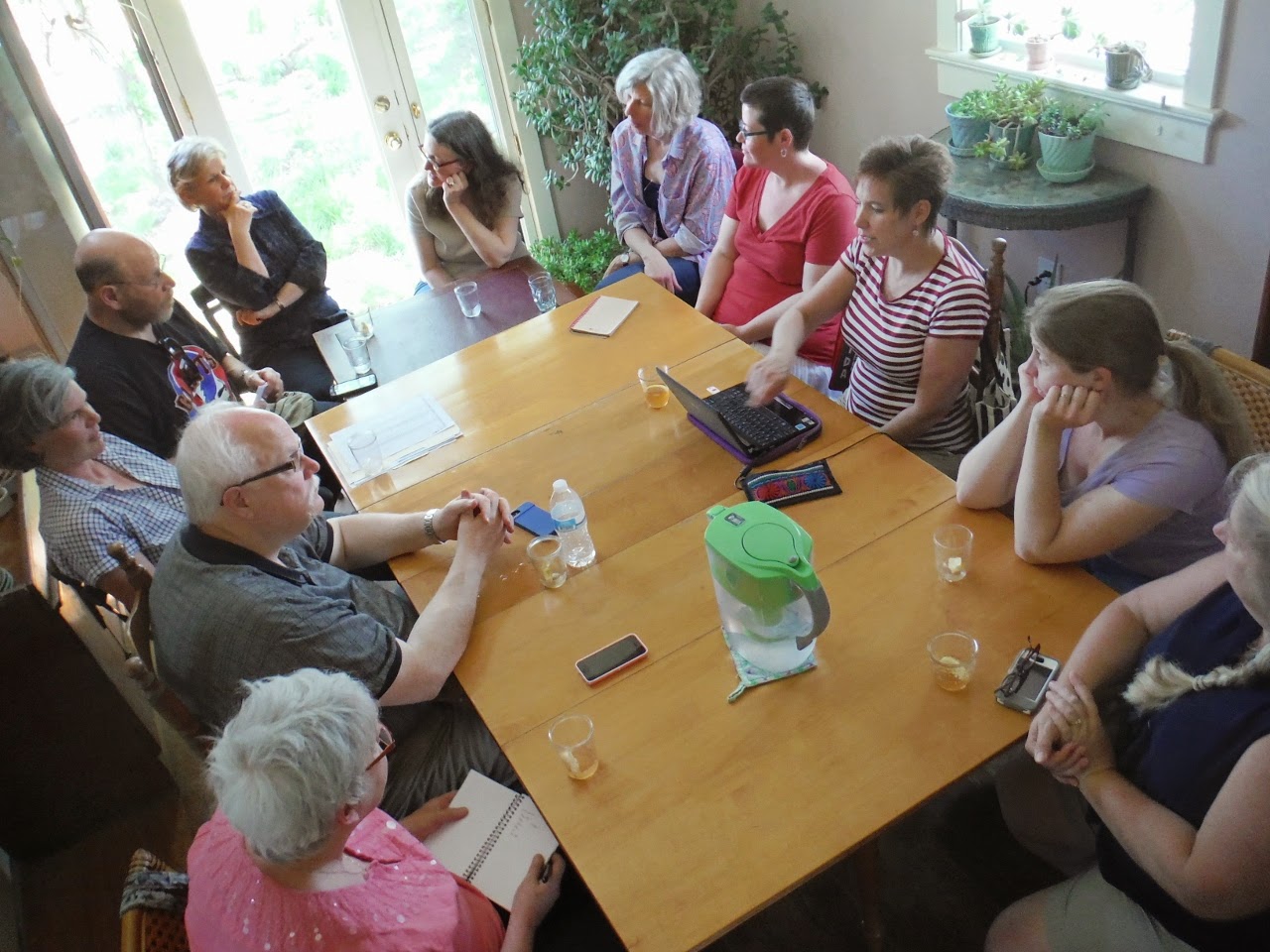RED LEAF LETTUCE It is Spring salad season when the tender lettuces thrive.
BUTTERHEAD LETTUCE The most tender of them all are our heirloom butterheads. Enjoy them while they last.
ASPARAGUS We will have asparagus for two weeks, before we let it grow its summer ferns.
KALE Some kale soup would be perfect for this weather we are having. 39 deg. forecasted for Thursday night – yikes!!
BOK CHOI & TAT SOI Every CSA member would be happy if they had the stir fry as a tool in their culinary workshop. Tom did an easy primer a few years back
SCALLIONS aka green onions, young and slender.
LEEKS OR RHUBARB See Tom’s post more on this choice. The first harvest from the rhubarb patch coincided with a miserable survival rate of the over-wintered leeks.
HERB CHOICE Cilantro, dill, common chives and garlic chives.
NEXT WEEK: More lettuce, asparagus, and herbs. Green garlic, radishes, and Swiss Chard.
FARM REPORT:
Here we are – first week of the CSA for the bulk of our members. The last three weeks of harvest for 52 shares came from our high tunnel. Now it is time for the real harvest to begin. Mother Nature is in full control in the fields, toying with us as we race around tending to the Earth’s carpet.
Luckily we have a great crew to get the job done. Linda and Jody are working part-time since early March. Dustin and John joined us as full-time apprentices in late March. It makes all the difference to have a good team and this year we certainly have it. Below is teamwork in action as we cover the newly planted squashes and cucumbers to protect them from pests.
Our team grows by 8+ people every Wednesday and Saturday morning. CSA members with friends, family and children in tow descend upon us to reap the harvest. The farm shift requirement is imbedded deep in the Fair Share Farm CSA. Tom and I first met on a long-standing CSA farm outside of Rochester, NY. I never would have met the love of my life if Peacework Organic Farm didn’t require its members to help at the farm. And we continue to see so many benefits from bringing our families out to the farm, getting everyone’s hands in the soil and giving the young ones a chance to pull food up out of the ground. Not to mention the relationship that is built between people, or as CSAers like to call them, eaters.
The Fair Share Farm CSA Core Group is an amazing group of talented eaters who keep the whole community running. There are 2 farm shift schedulers who make it possible for 150 families to come to the farm in an orderly fashion. We have 15 folks who keep the 3 distribution sites humming with activity. There is Inreach, Outreach, Events, Kid’s Activities, Social Media and Cheese shares. As you can see, it is not just about the vegetables. Earlier in the month the Core Group met at the farm house.
Our lives are enriched by the bonds we have created around the most basic act of sustenance. We are looking forward to another season with all of you. We strive for a bountiful crop and hope you enjoy the fruits of our labor.
.jpg)
.jpg)
.jpg)


